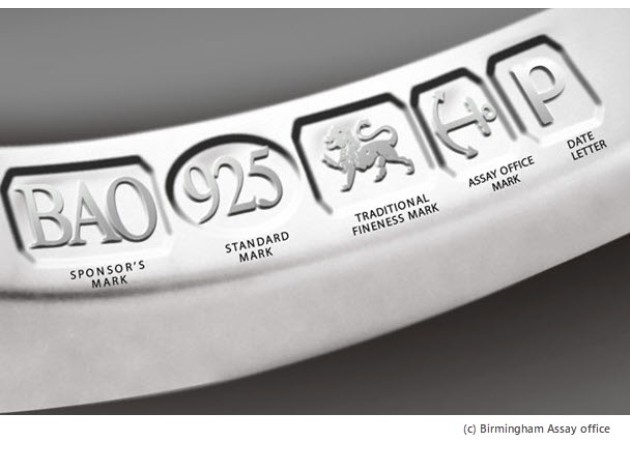About British Hallmarks
A Glittering Legacy: The History, Procedure, and Function of British Hallmarks on Precious Metals
Introduction:
The art of hallmarking precious metals has a rich history deeply rooted in British tradition. For centuries, these small, intricate marks have served as symbols of authenticity, quality, and provenance. This article delves into the fascinating world of British hallmarks, exploring their historical significance, the process behind their creation, and the essential function they serve in the realm of precious metals.
History:
The origins of British hallmarking can be traced back to the 13th century when King Edward I enacted legislation to protect consumers from counterfeit or substandard silver. In 1300, the Worshipful Company of Goldsmiths was established as the regulatory body responsible for assaying and marking silver and gold items. This marked the beginning of a system that has endured for over 700 years.
Procedure:
Hallmarking is a meticulous process that guarantees the purity and quality of precious metals. The hallmark is a set of specific marks that are applied to the item by an authorized assay office. In the United Kingdom, there are four assay offices: London, Birmingham, Sheffield, and Edinburgh. Each office has its own unique set of marks, ensuring traceability to its origin.
The hallmark consists of several components: the sponsor's mark, fineness mark, assay office mark, and optional date letter. The sponsor's mark represents the maker or company responsible for the item. The fineness mark indicates the metal's purity, denoted by a numerical value or a specific symbol. The assay office mark confirms that the item has undergone testing and meets the required standards. Additionally, the optional date letter denotes the year of hallmarking, aiding in the identification of older pieces.
Function:
British hallmarks play a vital role in protecting consumers and maintaining trust within the precious metals industry. They provide assurance that an item is genuinely made of the claimed metal and meets legal purity standards. Hallmarks also allow for easy identification of the manufacturer, facilitating traceability and aiding in the detection of counterfeit or fraudulent items.
Hallmarks not only serve as a guarantee of quality but also act as a historical record. They provide valuable insights into the craftsmanship and styles prevalent during different eras, enabling collectors and historians to accurately date and attribute precious metal pieces.
Furthermore, hallmarks contribute to the value and desirability of precious metal items. The presence of authentic hallmarks enhances the item's prestige, establishing it as a genuine, high-quality piece with a respected provenance.
Conclusion:
British hallmarks are much more than mere symbols etched onto precious metal items. They embody centuries of craftsmanship, heritage, and consumer protection. These tiny marks tell a story, certifying authenticity, quality, and provenance while providing insight into the history of precious metalworking. As guardians of tradition and trust, British hallmarks continue to shine brightly in the world of precious metals, preserving the legacy of skilled artisans and delighting collectors and enthusiasts alike.

